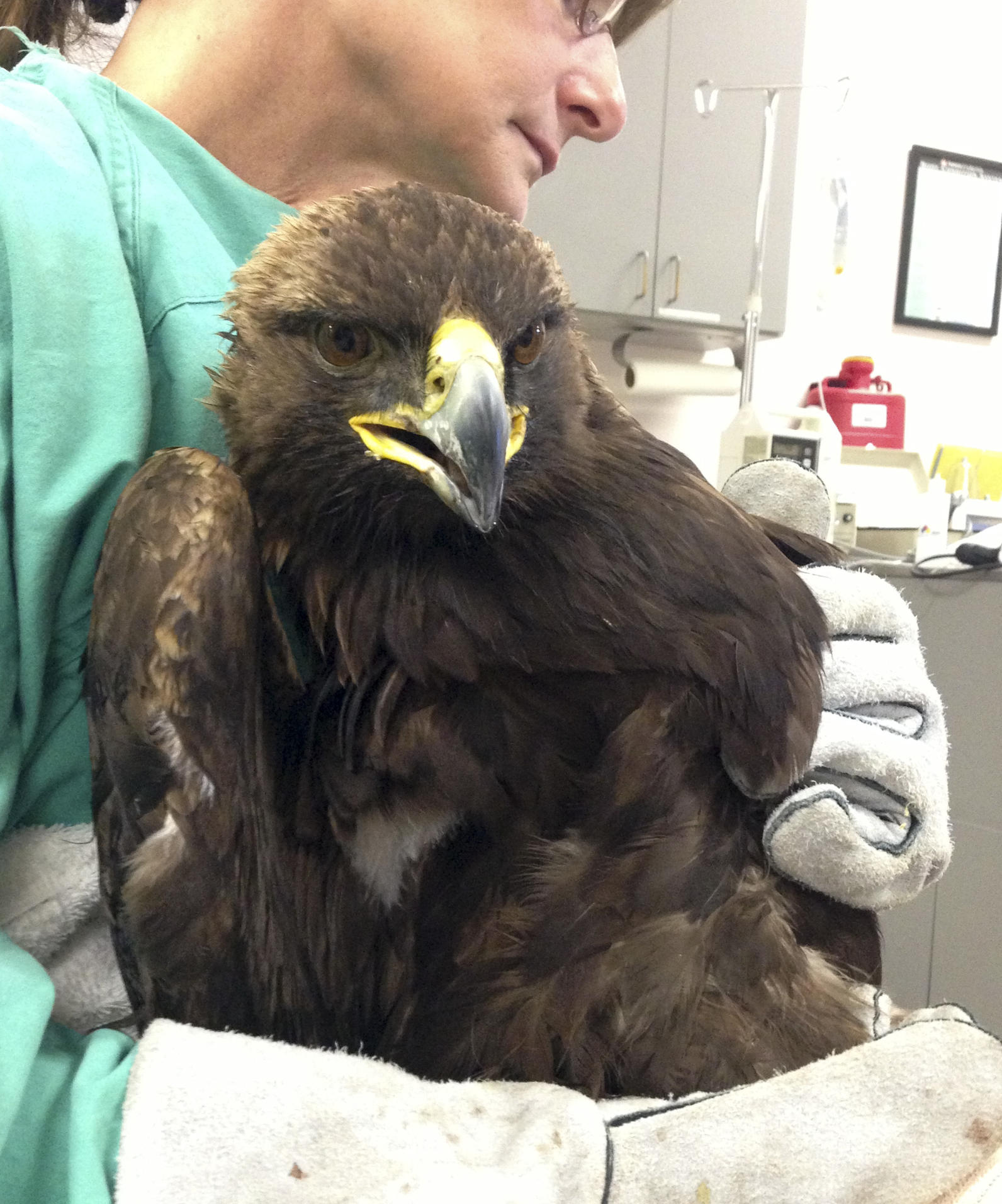
Something extraordinary happened in the world of bird conservation on Jan. 19, but it took a few days for anyone to notice. On that day, outgoing U.S. Fish & Wildlife Service Director Dan Ashe quietly issued an order announcing a new policy to phase out the use of lead ammunition and lead fishing tackle on all Service lands by 2022, starting immediately.
The dangers of lead ammunition in the environment has been known in the scientific community for decades, and were widely suspected long before that. Lead from ammunition has been documented to have an effect on dozens of species of animals, especially birds. In 1991, the federal government banned the use of lead shot for waterfowl hunting because the toxic material was seen as the cause of population-level declines. Those populations have bounced back since then.
But that didn’t come close to addressing the full scale of the problem. Further science shows that lead ammunition affects upland game, and poses a unique challenge for raptors, which consume lead ammunition left behind in carcasses by hunters. Lead ammunition has long been considered a major obstacle for the recovery of the endangered California Condor, and it is a common source of mortality for Bald Eagles, Golden Eagles, and other raptors.
Lead ammunition has also been revealed to be a public health issue. According to the Centers for Disease Control, there is no safe level of lead exposure for humans, and yet people who hunt with lead ammunition have been found to have higher amounts of lead in their blood. When a lead bullet enters into a deer or a pig, it shatters into hundreds of pieces, some of them invisible to the naked eye. These are the fragments that poison condors and eagles -- and that humans often ingest, as well.
In the years following 1991, more than two-dozen states put laws on the books regulating the use of lead ammunition beyond the federal mandate, but further federal action ground to a halt. In 2013, Audubon California, Defenders of Wildlife, and the Humane Society of the United States led a successful campaign to phase out the use of nonlead ammunition for all hunting, making it the first state to take such bold action. In that year, thirty prominent researchers in the field of lead toxicology and wildlife signed a letter of consensus identifying lead from ammunition as a major threat to wildlife and human health.
There was a time when it was possible to have a measured conversation about the conservation impacts of lead ammunition, but today the issue is caught up in the immensely partisan battle over gun rights. That was the reason the 2013 California law faced such strong opposition from the gun lobby, and that is also the reason there has been no progress at the federal level.
But the science on this issue has always been clear, regardless of the political fireworks.
There is every reason to expect that the Jan. 19 Director’s Order regarding lead ammunition will be challenged by the incoming administration. Given that Director’s Orders do not have the same weight as official rules, it is entirely possible that this bold move will be reversed.
But it won’t be forgotten. And any move to walk it back will necessarily be accompanied by reasoning that flies in the face of everything we know about the impacts of lead in the environment.
By Garrison Frost
A New Colony of Caspian Tern Decoys on Aramburu Island
Richardson Bay Audubon Center is attacting breeding pairs of Caspian Terns with these newly painted tern decoys—a strategy successfully used by previous tern relocation efforts.




